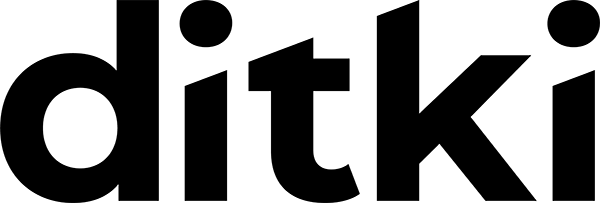Ischemic Heart Disease for PA
Start your One-Week Free Trial
Already subscribed? Log in »
Ischemic Heart Disease for the Physician Assitstant Licensing Exam
Ischemic heart disease (IHD), or coronary artery disease (CAD), occurs when coronary arteries are unable to supply sufficient oxygen to meet myocardial demand. This is typically caused by atherosclerosis, in which plaque buildup reduces coronary blood flow. IHD includes stable angina, unstable angina, and myocardial infarction (MI), and its main risk factors are hypertension, hyperlipidemia, diabetes, smoking, and family history of CAD.
Pathophysiology
- Atherosclerosis: Plaque accumulation in the coronary arteries leads to narrowing of the vessel lumen, decreasing blood flow and oxygen delivery to the heart.
- Plaque Rupture and Thrombosis: In unstable angina and MI, plaque rupture triggers thrombus formation, which can partially or fully block coronary blood flow.
Clinical Syndromes

Stable Angina
- Definition: Predictable chest pain that occurs with exertion and is relieved by rest or nitroglycerin.
- Symptoms: Chest pain or discomfort lasting less than 15 minutes, often radiating to the arm, neck, or jaw.
- Management:
- Medications: Beta-blockers, nitrates, and calcium channel blockers.
- Lifestyle Modifications: Control of blood pressure, lipids, smoking cessation, and weight management.
Acute Coronary Syndromes (ACS)
ACS includes unstable angina, NSTEMI, and STEMI.
- Unstable Angina (UA): Chest pain that occurs at rest or with minimal exertion, often due to a partially blocked artery. Troponins are normal.
- NSTEMI (Non-ST Segment Elevation Myocardial Infarction): Similar symptoms to UA but with elevated troponins indicating myocardial injury.
- STEMI (ST Segment Elevation Myocardial Infarction): Severe chest pain, ST-segment elevation on ECG, and elevated troponins due to full-thickness myocardial ischemia.
Management of ACS
- Initial Treatment: Aspirin, P2Y12 inhibitors (e.g., clopidogrel), anticoagulation (e.g., heparin), and beta-blockers.
- Reperfusion for STEMI: Primary PCI (preferred) or fibrinolysis if PCI is unavailable within 120 minutes.
Secondary Prevention
- Antiplatelet Therapy: Long-term aspirin, with dual antiplatelet therapy (DAPT) for at least 12 months post-PCI.
- Statins: High-intensity statins for lipid management, targeting LDL <70 mg/dL.
- ACE Inhibitors/ARBs: For patients with hypertension, diabetes, or heart failure.
- Lifestyle Changes: Smoking cessation, heart-healthy diet, and regular physical activity.
Key Points
- Pathophysiology: IHD is caused by atherosclerosis, reducing blood flow and oxygen supply to the myocardium.
- Types of IHD:
- Stable Angina: Predictable exertional chest pain.
- ACS: Includes unstable angina, NSTEMI (with elevated troponins), and STEMI (with ST elevation and elevated troponins).
- Management:
- Stable Angina: Beta-blockers, nitrates, lifestyle modifications.
- ACS: Aspirin, P2Y12 inhibitors, anticoagulation; PCI for reperfusion in STEMI.
- Secondary Prevention: Includes antiplatelet therapy, statins, ACE inhibitors, and lifestyle changes to reduce risk of recurrence.
